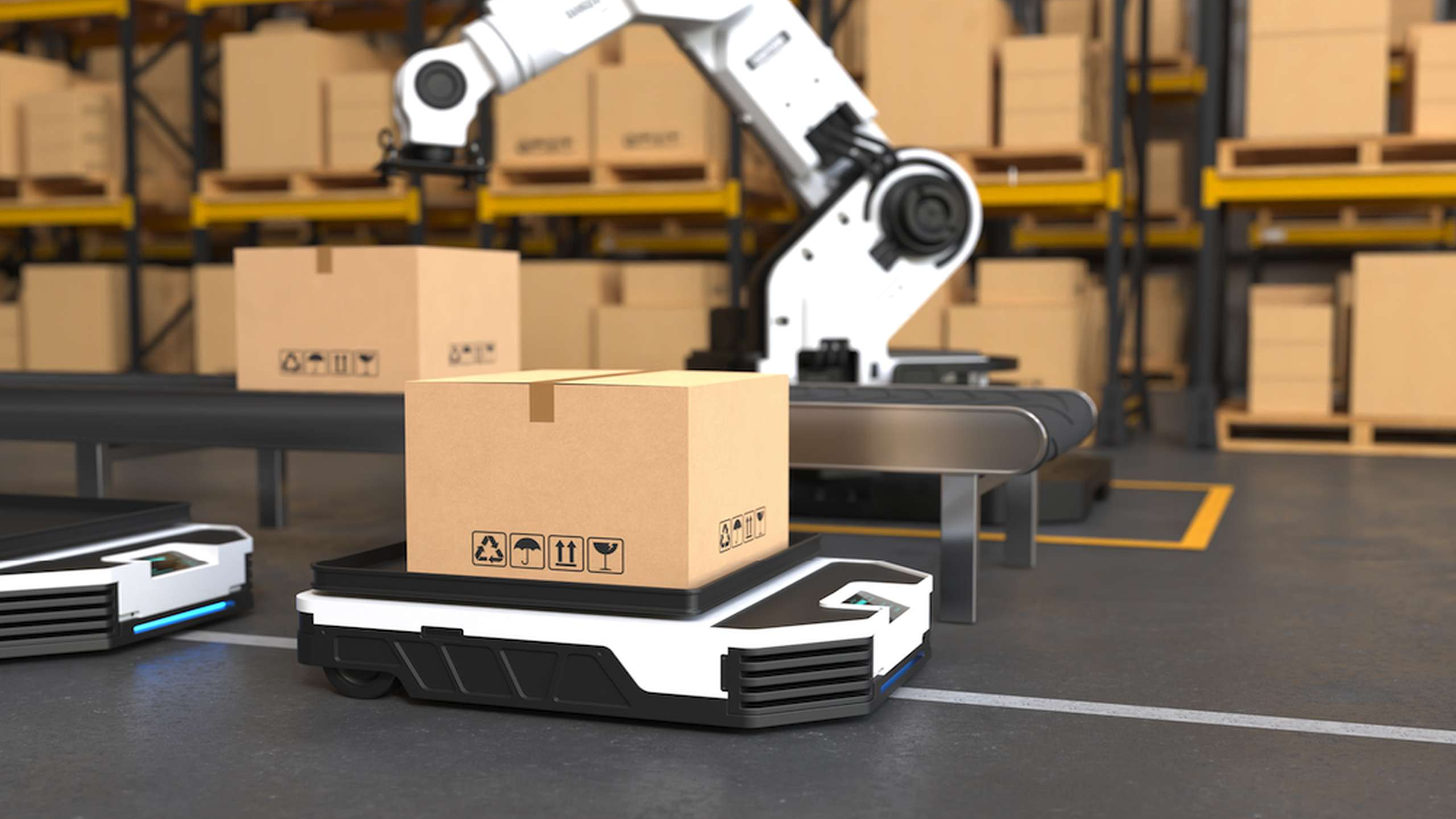 Amazon, a tech behemoth, now boasts nearly as many robots as human employees, with its one-millionth robot recently activated in Japan. The introduction of Proteus, Amazon's cutting-edge autonomous mobile robot, marks a significant milestone in the company's relentless pursuit of innovation in its warehouses. As Amazon's robotic workforce grows, so does its commitment to efficiency and automation. Join us as we delve into the impact of this robotic revolution on Amazon's operations and workforce, shedding light on the future of work in an increasingly automated world.
Amazon, a tech behemoth, now boasts nearly as many robots as human employees, with its one-millionth robot recently activated in Japan. The introduction of Proteus, Amazon's cutting-edge autonomous mobile robot, marks a significant milestone in the company's relentless pursuit of innovation in its warehouses. As Amazon's robotic workforce grows, so does its commitment to efficiency and automation. Join us as we delve into the impact of this robotic revolution on Amazon's operations and workforce, shedding light on the future of work in an increasingly automated world.
Amazon's Robotic Workforce Expansion
Amazon's milestone achievement of deploying its one-millionth robot highlights the company's relentless drive for innovation and efficiency in its operations. With robots now playing a crucial role in handling three-quarters of all customer orders globally, Amazon's investment in automation is reshaping the future of work within its warehouses. The introduction of Proteus, an autonomous mobile robot, underscores Amazon's commitment to leveraging cutting-edge technology to optimize warehouse processes and enhance order fulfillment speed. As Amazon continues to integrate robots into its workforce, the company is not only enhancing operational efficiency but also transforming the skill sets required of its human employees to adapt to a more automated work environment.
In response to the growing robotic workforce, Amazon has introduced DeepFleet, an intelligent traffic management system designed to coordinate the movements of robots within its fulfillment centers efficiently. By reducing robots' travel times by approximately 10 percent, DeepFleet exemplifies Amazon's strategic focus on enhancing productivity and streamlining operations through innovative technology solutions. Furthermore, Amazon's support for research initiatives at MIT, aimed at utilizing deep-learning models to optimize warehouse robot traffic, demonstrates the company's commitment to collaborating with leading academic institutions to drive advancements in automation and robotics.
Impact on Logistics and Competitors
Amazon's advancements in robotics and autonomous transport capabilities are not only revolutionizing its internal operations but also positioning the company as a formidable competitor in the logistics industry. Recent data from the Pitney Bowes Parcel Shipping Report indicates that Amazon Logistics has outpaced traditional carriers like UPS, USPS, and FedEx in parcel volume growth. This trend underscores a significant shift in the third-party logistics market, with Amazon's strategic investments in robotics and automation enabling it to gain a competitive edge in the delivery space. As Amazon continues to expand its robotic fleet and enhance its delivery capabilities, the company is poised to further disrupt the logistics landscape and redefine industry standards for efficiency and speed.
The rise of Amazon Logistics and the increasing adoption of robotics in delivery operations pose both challenges and opportunities for traditional logistics providers like UPS and FedEx . While UPS has maintained steady year-on-year growth, Amazon's significant parcel volume increase highlights the need for established carriers to innovate and adapt to the evolving demands of the market. As Amazon leverages robots and drones to enhance its delivery network, competitors are compelled to explore new technologies and operational strategies to remain competitive in an increasingly automated and efficient delivery ecosystem.
Future of Work and Automation
Amazon's strategic deployment of robots and AI technologies not only signifies a shift towards automation in its operations but also raises questions about the future of work and the impact on human employees. While Amazon has upskilled over 700,000 employees to prepare them for a more automated work environment, CEO Andy Jassy's acknowledgment of potential job displacement due to AI proliferation underscores the complex interplay between automation and workforce dynamics. As Amazon continues to invest in robotics and AI-driven technologies, the company faces the challenge of balancing efficiency gains with workforce implications, necessitating a strategic approach to talent development and reskilling initiatives.
Conclusion
As Amazon propels forward with its robotic workforce expansion and disruptive advancements in logistics, the future of work stands at a critical juncture. The amalgamation of AI technologies and automation not only underscores the company's commitment to efficiency and innovation but also raises pertinent questions about the evolving landscape of employment. With Amazon leading the charge in reshaping industry standards, the imperative for strategic talent development and reskilling initiatives becomes increasingly apparent. The rise of Amazon Logistics and the transformative impact of robotics signal a paradigm shift in the logistics sector, compelling traditional players like UPS and FedEx to embrace innovation or risk falling behind. In this era of automation, the balancing act between operational efficiency and workforce dynamics emerges as a pivotal challenge, demanding a proactive approach to navigating the complexities of a rapidly changing work environment.